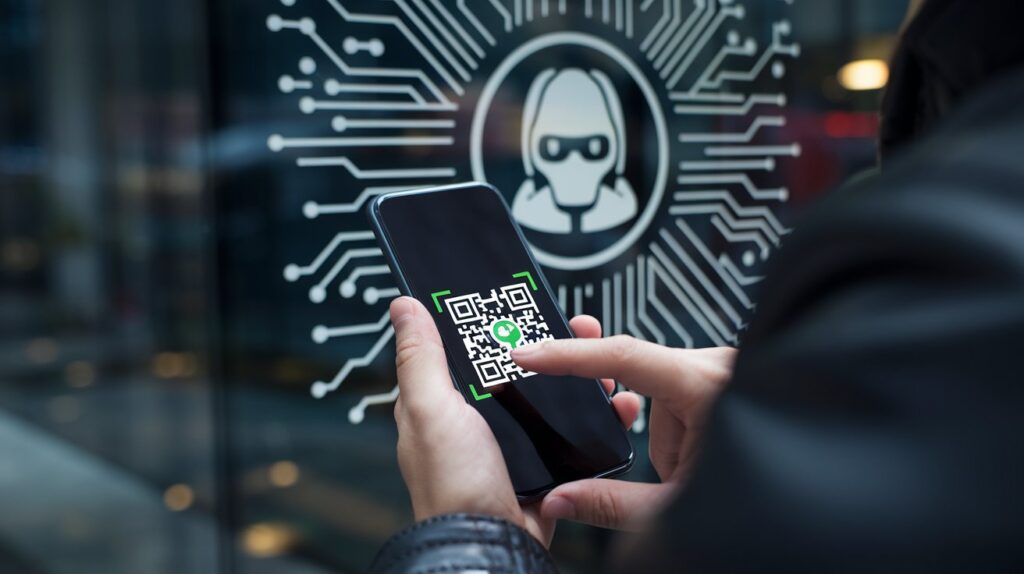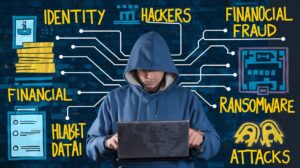Why Phishing Scams Are More Dangerous Than Ever (2024 Update)
Phishing scams have evolved into one of the most sophisticated and financially damaging cyber threats in the digital age. With the rise of AI-driven phishing attacks, cybercriminals can now craft deceptive emails, messages, and even voice calls that are nearly indistinguishable from legitimate communications.
In 2024, phishing scams have reached unprecedented levels, contributing to a record $10 billion in fraud-related losses in the U.S. alone. Whether targeting individuals, businesses, or financial institutions, modern phishing techniques exploit trust, urgency, and cutting-edge technology to manipulate victims.
Table of Contents
How Phishing Scams Have Evolved
Phishing scams have existed for decades, but today’s threats are far more advanced due to:
- AI-Powered Personalization – Attackers use AI to generate personalized messages based on publicly available data, making phishing emails seem more legitimate.
- Deepfake Technology – Criminals use deepfake videos and voice cloning to impersonate trusted individuals, tricking victims into transferring funds or revealing sensitive information.
- QR Code Phishing (“Quishing”) – Malicious QR codes redirect users to fraudulent websites designed to steal login credentials.
- Social Engineering Attacks – Fraudsters exploit human psychology, using fear, urgency, or trust to manipulate victims into providing sensitive information.
The Rise of AI-Generated Phishing Attacks
A report by the Federal Trade Commission (FTC) highlights that phishing scams are increasingly leveraging Generative AI to bypass traditional security measures. AI-powered phishing emails contain flawless grammar, personalized names, and contextual references, making them nearly impossible to detect.
For instance, a recent attack targeted a major U.S. bank, where scammers used AI to mimic customer service agents, convincing customers to share banking credentials. By the time victims realized the scam, their funds had already been transferred to offshore accounts.
The Impact of Phishing on Individuals and Businesses
Phishing scams are no longer limited to fake emails asking for passwords. The financial and emotional consequences can be devastating:
- Individuals: Identity theft, unauthorized financial transactions, and loss of personal data.
- Businesses: Corporate espionage, ransomware attacks, and financial losses running into millions.
- Government Agencies: Threats to national security through targeted phishing campaigns.
🚨 Trending Scam Alert: A new phishing scheme disguised as a USPS package delivery alert is circulating, asking users to click a malicious link to “confirm delivery details.” Always verify such messages directly through the official USPS website. (Learn more from the FTC)
How to Protect Yourself from Phishing Attacks
Given the alarming rise of phishing scams, individuals and businesses must take proactive steps to stay secure:

✅ Enable Multi-Factor Authentication (MFA):
Even if your password gets stolen, MFA prevents unauthorized access by requiring a second verification step.
🔍 Verify Suspicious Emails and Links:
Hover over links before clicking, and never share sensitive data through emails or text messages.
📲 Use Secure Communication Channels:
Instead of responding to messages requesting personal information, contact the company directly using their official website or customer service number.
🚫 Stay Cautious with QR Codes:
Avoid scanning random QR codes from emails or social media posts unless you trust the source. Scammers use QR codes to redirect users to phishing websites.
Final Thoughts: Why Phishing Scams Are More Dangerous Than Ever; Staying Ahead of Cybercriminals
Phishing scams have become more sophisticated, AI-driven, and financially damaging than ever before. With the increasing use of deepfake technology, social engineering, and malicious QR codes, even tech-savvy individuals can fall victim to these scams.
By implementing cybersecurity best practices, enabling MFA, and staying updated on the latest scam tactics, you can significantly reduce your risk of becoming a target. As technology advances, so do cybercriminals—so staying vigilant is your best defense. [TechGeniuxio.com]








